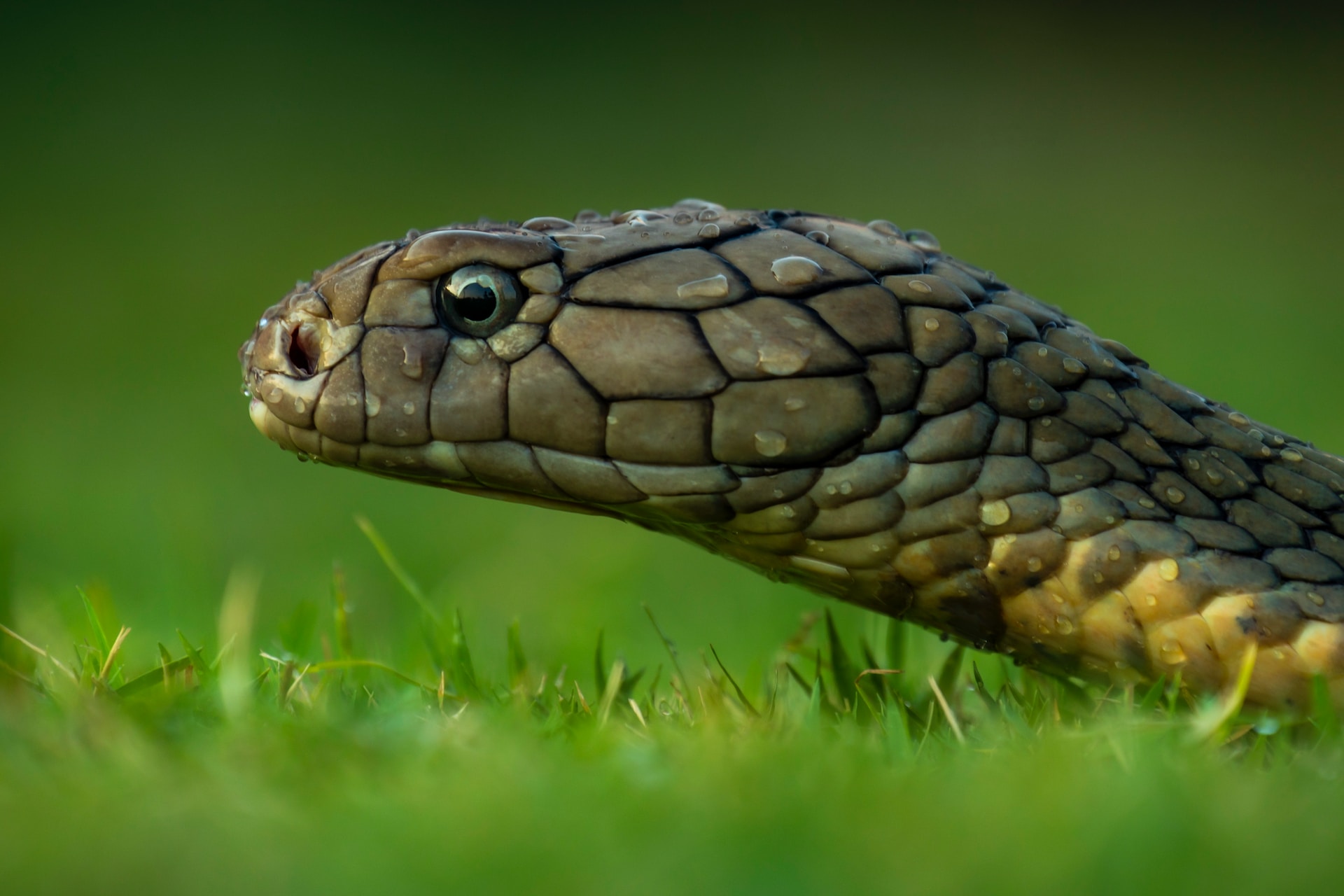Why Do Snakes Shed Their Skin?

Snakeskin shedding is a natural phenomenon that often perplexes and amazes people. But why do snakes shed their skin? This question has been a subject of curiosity for many years, and the answer lies in the fascinating process of how snakes grow and develop.
In this article, we will delve deeper into the reasons behind this unique biological process, its benefits, and the different stages of shedding.
The Importance of Skin Shedding for Snakes
Snakeskin shedding plays a vital role in the health and well-being of snakes. The primary function of shedding is to remove old and damaged skin and replace it with new skin. As snakes grow, their skin stretches and it eventually becomes too tight, making it difficult for them to move around and hunt effectively.
Shedding allows them to discard the old skin and accommodate their growing bodies. Moreover, the process of shedding also helps snakes to get rid of parasites, such as ticks, mites, and fleas, that may have latched onto their skin. Parasites can be a nuisance for snakes, and shedding provides a way for them to remove these unwanted hitchhikers.
Aside from the physical benefits, shedding also helps snakes to maintain their vibrant colors and patterns. The outermost layer of a snake’s skin, known as the epidermis, contains pigments that give snakes their distinct patterns and colors.
Over time, the outer layer of the skin becomes worn and faded, but shedding helps to restore the bright colors and patterns that make each species unique. In summary, shedding is a crucial process for snakes that allows them to grow, get rid of parasites, and maintain their physical appearance.
How Often Do Snakes Shed Their Skin?
The frequency of shedding in snakes varies depending on several factors, such as age, sex, species, and environment. Young snakes shed their skin more frequently than adults because they grow faster.
On average, snakes shed their skin once every one to two months. However, some species shed as often as once every few weeks, while others may only shed a few times a year.
The frequency of shedding also depends on the environment. In cooler climates, snakes may shed less frequently because their metabolism slows down.
In contrast, snakes in warm and humid environments may shed more often due to the increased rate of growth and metabolism. It’s also worth noting that shedding frequency can be affected by other factors, such as nutrition, disease, and stress.
Signs That a Snake is About to Shed its Skin
As mentioned earlier, one of the most noticeable signs that a snake is about to shed its skin is the opaque appearance of their eyes. This is because a milky fluid builds up behind the eyes, causing them to turn blue or cloudy.
Additionally, the skin around the eyes may become dull or grey in color, and the snake’s behavior may change. Snakes that are about to shed may become more lethargic and may refuse to eat, preferring to hide in a cool, dark place until their skin has shed.
Another sign that a snake is about to shed is the appearance of white or grey scales on its body. This is an indication that the old skin layer is starting to separate from the new skin layer underneath. The snake may also become more irritable or sensitive to touch during this time, as its skin becomes more fragile.
Finally, snakes may shed more frequently during periods of rapid growth, such as during adolescence, or after a period of malnutrition. If you notice that your snake is shedding more frequently than usual, it may be a sign that it is experiencing health issues and may require a visit to the veterinarian.
The Shedding Process – Step by Step
The shedding process in snakes typically takes between 7 and 14 days, although this can vary depending on the species and the individual snake. As mentioned earlier, the process begins with the secretion of the hormone ecdysone, which triggers the production of enzymes that break down the old skin layer.
As the old skin layer separates from the new skin layer, the snake’s eyes become opaque, and the skin around its eyes may become dull or grey in color. Once the old skin layer has separated from the new skin layer, the snake begins to wriggle and rub its body against rough surfaces to help remove the old skin.
The skin usually comes off in pieces, starting at the head and working its way down the body. Snakes will often use their mouths to pull the old skin off their faces, as the skin around their eyes and mouths is particularly delicate.
As the shedding process progresses, the snake’s behavior may change. They may become more irritable or sensitive to touch and may refuse to eat. This is because their skin becomes more fragile and prone to damage during the shedding process, so they may prefer to hide in a cool, dark place until the process is complete.
Snake Skin after Shedding – What Happens?
After shedding their skin, snakes reveal a fresh and vibrant new layer of skin. The new skin is brighter and more colorful than the old skin and often has a glossy appearance. The texture of the new skin is also smooth, unlike the old skin, which may have had scales that were rough or damaged.
Once the new skin is revealed, it is pliable and moist, which helps the snake to stretch and move its body without any discomfort. However, as the skin dries, it hardens and becomes more rigid.
This is why snakes are often observed rubbing against rocks or other rough surfaces immediately after shedding. This helps to remove any remaining old skin and allows the new skin to harden and become more durable.
Mythbusters: Separating Fact from Fiction
There are many myths and misconceptions surrounding snake skin shedding. One of the most common myths is that snakes shed their skin because it becomes too small for them. However, this is not true. Snakes shed their skin to allow for growth and to remove any parasites or bacteria that may have attached themselves to the old skin.
Another common myth is that snakes can only shed their skin once a year. In reality, the frequency of skin shedding varies depending on the species of snake, its age, and its environment. Some snakes may shed their skin as frequently as every few weeks, while others may only shed once or twice a year.
Evolutionary Significance of Snake Skin Shedding
Snakeskin shedding has played an important role in the evolution of snakes. The ability to shed their skin has allowed snakes to adapt to a wide range of environments and avoid predators. Shedding their skin also allows snakes to remove any parasites or bacteria that may have attached themselves to the old skin, which helps to prevent infections and other health issues.
In addition to these benefits, shedding their skin allows snakes to regulate their body temperature. As the old skin is shed, it takes with it any excess salts and minerals that may have accumulated in the snake’s body. This helps to maintain a healthy balance of these substances and to keep the snake’s body functioning properly.
Marveling at the Wonders of Nature
In conclusion, snakeskin shedding is a fascinating and complex process that is essential to the health and survival of these remarkable creatures. From the signs that a snake is about to shed its skin to the problems that may arise during shedding, it is clear that shedding is a critical part of a snake’s life cycle.





